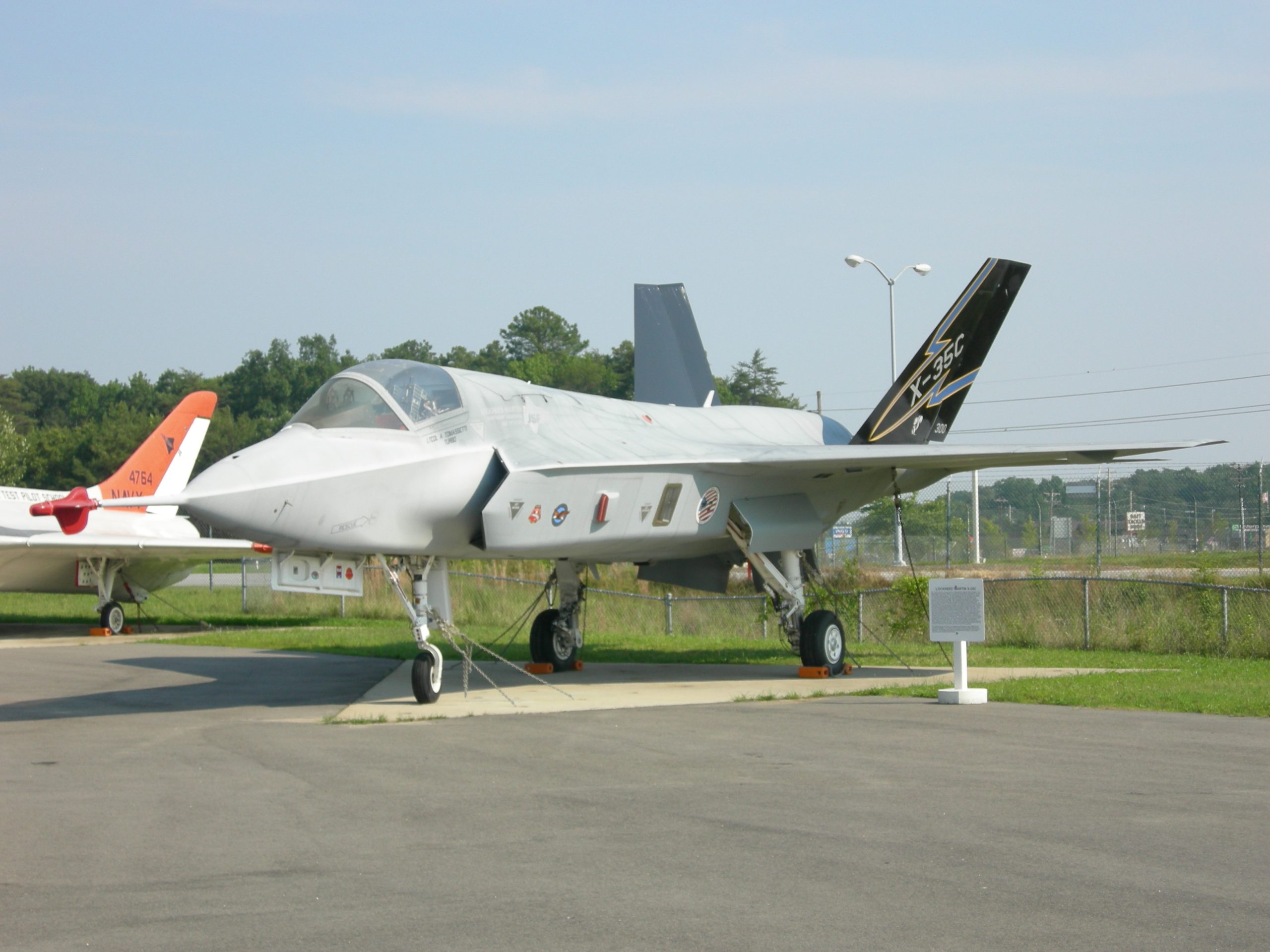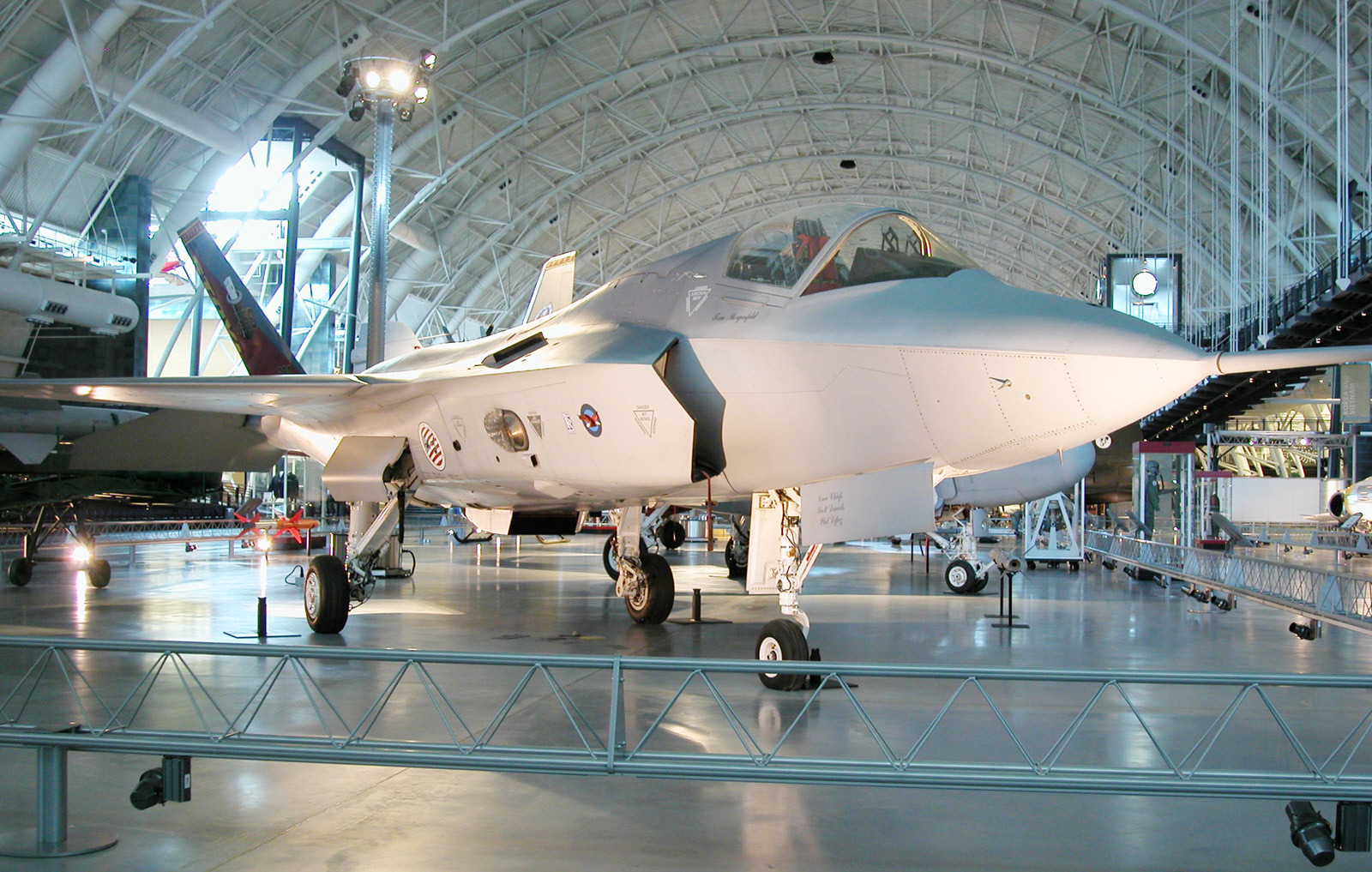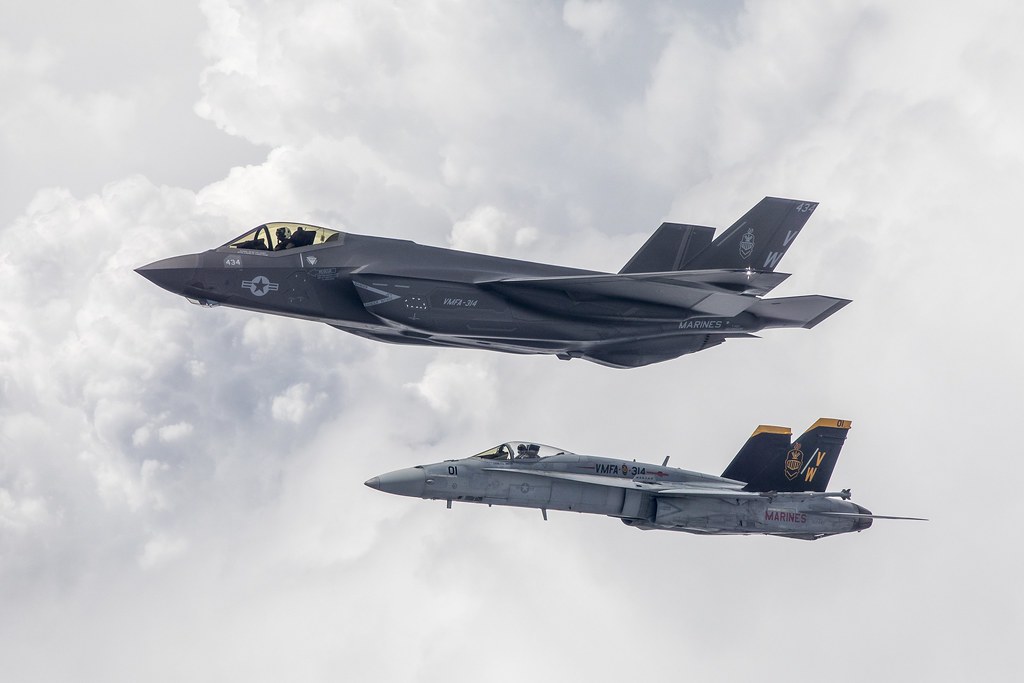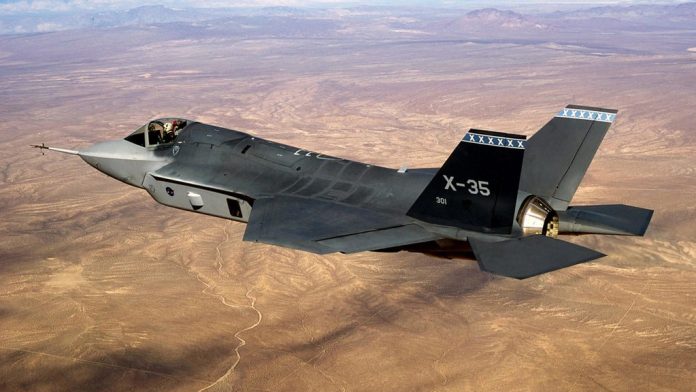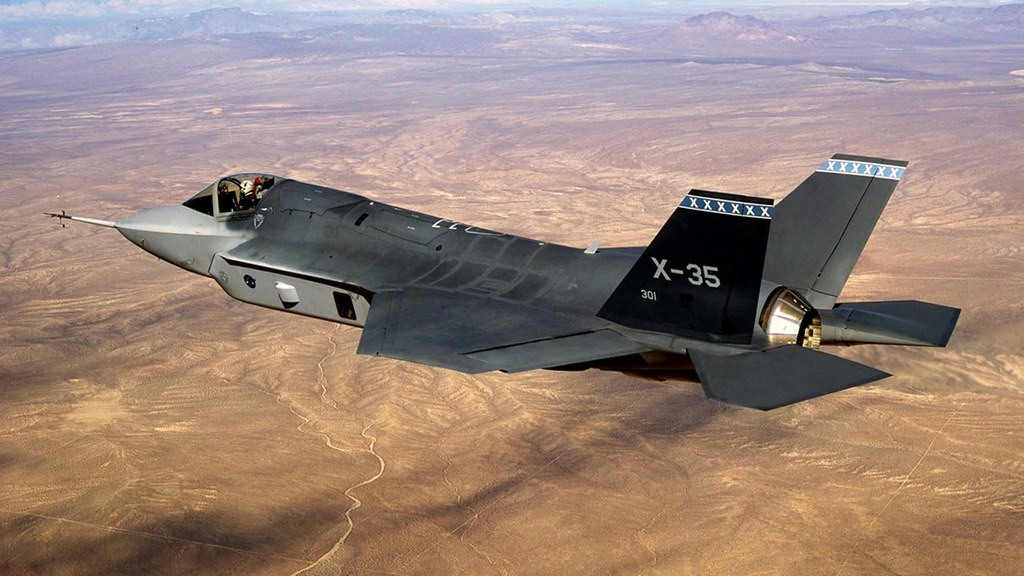
The tale of the Joint Strike Fighter program is a saga of innovation, competition, and strategic investment that reverberated through the annals of military aviation. The crux of the story lies in the pivotal moment of October 2001, when the future of U.S. and allied airpower was decided as Lockheed Martin’s X-35 triumphed over Boeing’s X-32.
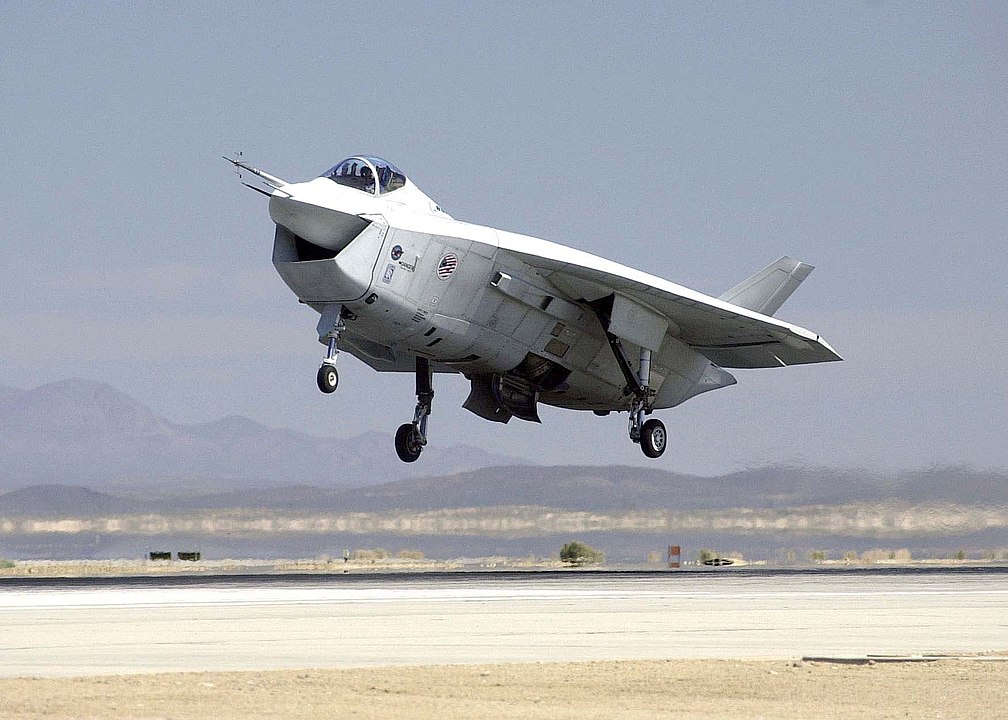
Boeing’s quest to dominate the skies with the X-32 began with high aspirations but ended in a lesson on the criticality of design choices in aerospace endeavors. The company approached the Joint Strike Fighter (JSF) competition with a strategic vision, aware of the lucrative defense dividends on offer. Commercial prowess, marked by a suite of successful jetliners from the 737 to the 777, hinted at the potential for Boeing to translate civil aviation success into military mastery. Their X-32 prototypes, a delta-winged X-32A and its sibling X-32B, flew in the early 2000s, demonstrating capabilities from conventional operations to unique short-takeoff and vertical landing.
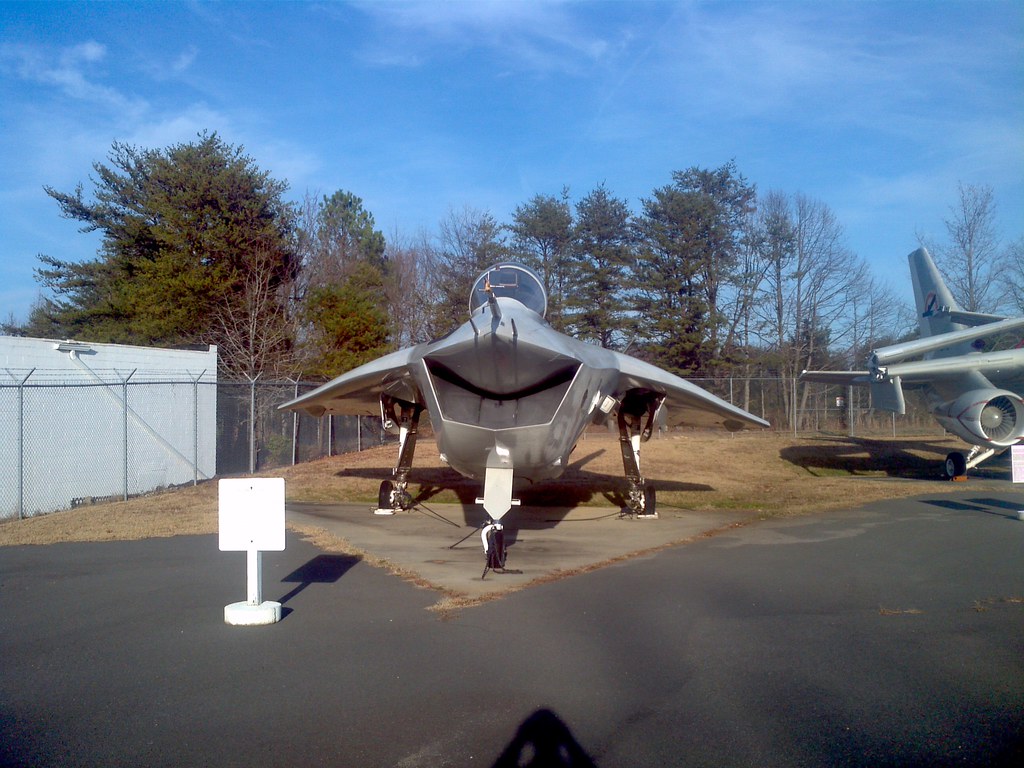
Despite this, Boeing’s X-32 stumbled on crucial issues that ultimately cost it the JSF contract. The X-32A and X-32B, although technologically impressive with their Mach 1.6 speed and in-flight refueling prowess, were encumbered by their 50,000-pound heft and related engine power concerns. Boeing’s late pivot from a delta wing to a more traditional design, coupled with the decision to develop two separate prototypes rather than a single adaptable model, raised doubts about the feasibility of integrating all desired capabilities into one frame.

Lockheed Martin’s X-35, on the other hand, showcased seamless integration of Short Take Off and Vertical Landing (STOVL) operations, an essential feature for the U.S. Marine Corps. This functional capability, paired with an aesthetic that matched expectations for a modern fighter, edged the X-35 ahead. As one Lockheed Martin engineer put it, their design was what one would anticipate from a contemporary, high-performance jet fighter. Conversely, the X-32’s appearance garnered less favorable responses, a superficial yet influential factor in the competition.
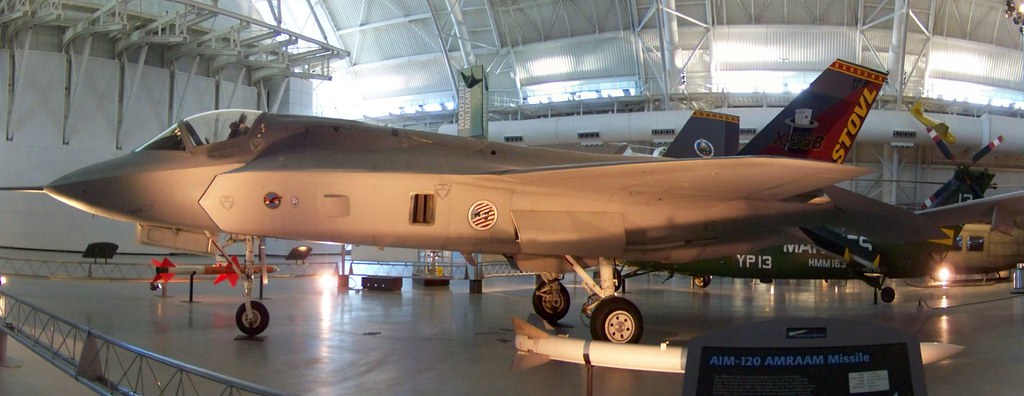
While Boeing did not walk away from the JSF table victorious, they did not exit quietly into the shadows of defense contracting either. The X-32 program was deemed a strategic investment, with technological advancements contributing to other projects like the F/A-18E/F Super Hornet and the X-45a Unmanned Combat Air Vehicle.

The Lockheed Martin F-35, with its fusion of stealth, speed, and digital might, emerged from the competition to redefine aerial combat paradigms. Dubbed a “quarterback in the sky,” the F-35 wove computing power into its very fabric, becoming as much a nexus of information as a weapon of war. With over 500 units already gracing the air forces of nine nations and standing as a testament to Lockheed Martin’s victory, the F-35’s chapter in military history continues to be written, with updates and enhancements ensuring its relevance into the foreseeable future.
related images you might be interested.
